Reviewed by Sahil Chopra, MD, and Stacey Gunn, MD.
Research by Savit Malhotra.
Introduction
It is estimated that, in the United States, over 38.4 million people have diabetes, and about 30 million have obstructive sleep apnea (OSA).[1,2] Interestingly, research has shown that, of the individuals diagnosed with type 2 diabetes, approximately 48% have also been diagnosed with sleep apnea, and, of those with obese type 2 diabetes, approximately 86% have sleep apnea.[3,4] Although correlation does not imply causation, it is highly likely that there is a relationship between diabetes and sleep apnea.
Previously, we’ve talked about the bidirectional relationship between obesity and OSA. While this relationship has been well studied, there are a number of other diseases associated with OSA that are not as well-known. In this new series, we’ll be diving into these different relationships, beginning with diabetes. It is important to note that the relationship between diabetes and OSA is not a clean bidirectional relationship. Research has long supported the idea that OSA can lead to diabetes but the reverse is still being investigated.
Relationship between Diabetes and Sleep Apnea
Diabetes, particularly type 2 diabetes, has been demonstrated to show an almost 50% increased risk in OSA development.[5] There are two main reasons why diabetics are at a higher risk of developing OSA: weight gain and diabetic neuropathy. Beginning with weight gain, those who are diabetic tend to gain weight for a number of reasons. Reasons for this include uncontrolled sugars in the body, lifestyle factors, and caloric intake. We will be discussing weight gain and sleep apnea in more detail further below.[6] It has long been proven that weight gain can lead to OSA, and so diabetes, which causes weight gain, can also cause OSA. Diabetics also face challenges with diabetic neuropathy, which is where the nerves in the body become damaged due to blood flow to the nerves being constricted from a buildup of sugar in the blood vessels.[7] In terms of sleep apnea, if damage to the nerves around the airway occurs, it is more likely that the airway will become less responsive and have a greater chance of collapsing.[8]

While the reasons behind how diabetes can cause sleep apnea are more physical, the relationship between OSA causing diabetes is much more complex and involves physical and hormonal reasons. Those with OSA can experience both intermittent hypoxia (periods of low oxygen levels in the body) and/or sleep fragmentation (disruptions in a person’s sleep cycle). This may result in any of the following:
- The body’s fight-or-flight response being triggered in what is called sympathetic activation.
- Oxidative stress, which is when the body experiences an imbalance in free radicals (more of an organic chemistry term, which describes unstable molecules that are missing an electron in their outermost shell and are thus looking to replace that electron to become stable) and antioxidants (which help protect the body from free radicals) which can cause cell and tissue damage.[9]
- Inflammation of the entire body, also known as systemic inflammation.
- The release of cortisol (an important hormone produced by the adrenal glands for regulating stress response) in what is known as hypothalamic pituitary axis activation.[10]
- An imbalance in how adipokines (signaling molecules that are released by adipose tissue, which help the body store energy as lipids), also known as adipokine dysregulation.[11,12]
When the body experiences any of the aforementioned conditions, the body may then experience insulin resistance (where the body is no longer able to properly respond to insulin, which is important for the regulation of blood sugar levels).[13] Insulin resistance can then lead to glucose intolerance (where the body is unable to correctly process glucose).[14] The result of insulin resistance and glucose intolerance is type 2 diabetes.[15]

Relationship between Prediabetes and Sleep Apnea
Just like type 2 diabetes, prediabetes and OSA also follows a somewhat bidirectional relationship for many of the same reasons. It is not uncommon for people with both conditions to play a game of “chicken and egg” to try and see which came first. Unfortunately, this is not as simple as there are numerous factors that play a role, and getting detailed information from years ago can be close to impossible. What has long been demonstrated, however, is that OSA is independently associated with insulin resistance.[16] This means that those who have OSA often face challenges of insulin resistance, which can contribute to the development of prediabetes/diabetes.
To demonstrate this, we will be discussing one interesting case of a patient who was diagnosed with prediabetes several months before beginning the diagnosis and treatment of OSA. The patient is a 20-year-old female with no family history of diabetes or sleep apnea. The patient’s friends observed the patient exhibiting heavy snoring, which prompted further investigation. Upon conducting sleep testing, the patient was found to have an AHI 3% of 22-33 events per hour, across several nights. However, when asked when she first remembered someone pointing out her heavy snoring, the patient recalled it being in the fourth grade, roughly a decade earlier. While it is impossible to come to a definitive answer as to which came first, the prediabetes or the OSA, it is somewhat reasonable to assume, given the early stages of the prediabetes and past history of snoring, that the OSA likely predates the prediabetes. With the patient’s potential sleep apnea being left untreated for several years, and with it possibly worsening, this may be what led to her prediabetes. It is important to note that the patient underwent a blood test due to concerns that her dietary habits had gotten worse after entering college, which is what led to the discovery of the prediabetes.



Prediabetes is considered to be reversible, and this often leads people to wonder if they can reverse their prediabetes by treating their sleep apnea. Simply put, it stands to reason that treating sleep apnea can help a person get more control over their prediabetes, with a goal of possibly helping prevent it from turning into type II diabetes (in combination with dietary changes and exercise). As we will talk about shortly, CPAP has been shown to improve insulin sensitivity and glycemic control. And so, by treating the sleep apnea, there could potentially be a reversal of the prediabetes. However, if there is some other cause behind the prediabetes unrelated to sleep apnea, then it is possible that the prediabetes won’t respond to the treatment. The only way to truly know would be to treat the sleep apnea and measure A1C levels (a measure of the average blood sugar levels) before and after to determine if the treatment is working. Even if the prediabetic state is not reversed with the treatment of the sleep apnea, it is still incredibly beneficial to treat problematic sleep apnea to prevent any other issues (such as hypertension, daytime fatigue, etc.). Treating sleep apnea may also help prevent prediabetes from being exacerbated.
Weight Gain due to Insulin and Sleep Apnea
As we’ve previously discussed, an increase in weight can lead to the development or worsening of sleep apnea. Those who have type 2 diabetes sometimes require insulin in order to help manage their condition. The issue here is that insulin helps the body reduce blood sugar levels by promoting other cells to take up the sugar instead. As a result, it is not uncommon to see weight gain in those taking insulin and, therefore, a worsening of their sleep apnea.[17]
It is important for those taking insulin for their diabetes to be conscious of their weight and actively take steps to prevent unnecessary weight gain. One way to do this is by being conscious of what you are eating and how many calories you are consuming per day. By taking in more calories than you need, you are giving your body more unnecessary sugar to store.[17] However, counting calories doesn’t mean skipping meals. For those who are diabetic, skipping meals can cause their blood sugar levels to fluctuate due to their insulin levels fluctuating.[18] Maintaining a regular and consistent meal schedule can help a person avoid any dangerous fluctuations in their blood sugar. Finally, one of the classic and best ways of maintaining weight is by regularly exercising. It is often recommended that those with diabetes get roughly 150 minutes of aerobic exercise (cardio) per week.[19]
CPAP in Improving Insulin Sensitivity and Glycemic Control
As we mentioned earlier, CPAP therapy can actually help with improving insulin sensitivity and glycemic control. One study, an analysis of nightly CPAP use for 2 weeks, found that the CPAP group saw a significant improvement in their insulin sensitivity and glucose response compared with a control group. A similar study found similar results, but only in those with severe OSA.[8] Another study tested patients for 1-2 weeks of 8-hour nightly CPAP use and saw a reduction in 24-hour mean glucose levels and improvement in glucose metabolism.[20]
The reason why CPAP has been found to help with improving these conditions is primarily due to its treatment of the underlying mechanisms that lead to insulin resistance. For example, as we mentioned earlier, sleep apnea often leads to intermittent hypoxia and activation of the sympathetic nervous system. Treatment of sleep apnea helps prevent these harmful processes from occurring, which helps to alleviate the resulting insulin resistance characteristic of diabetes.[21]
Conclusion
Diabetes and OSA both have many different factors that only further add to the complexity of the conditions. There is much that scientists have yet to understand about the relationship between these two conditions and much that we may never understand. Recent research does show that diabetes and sleep apnea share a somewhat bidirectional relationship, and the worsening of diabetes can worsen sleep apnea and vice versa, but further investigation is needed to better establish the relation. Those who are dealing with either condition should be wary of the fact that they may develop the other and should constantly be taking note of any changes they may experience. If someone with sleep apnea begins to notice diabetic symptoms (i.e., frequent urination, excessive thirst, or extreme hunger), then they should schedule an appointment to have blood work done to check for diabetes.
Although both conditions may seem like a lot and can at first seem overwhelming to deal with, treatment does exist, and modern-day technology, such as continuous glucose monitoring and longitudinal sleep testing, can help a person actively manage their conditions. If you are concerned that you may have either condition, speak with your healthcare provider so they can help you manage your conditions effectively.
References
- “National Diabetes Statistics Report.” Centers for Disease Control and Prevention, Centers for Disease Control and Prevention, 15 May 2024, www.cdc.gov/diabetes/php/data-research/index.html.
- Berg, Sara. “What Doctors Wish Patients Knew about Sleep Apnea.” American Medical Association, 1 Apr. 2022, www.ama-assn.org/delivering-care/public-health/what-doctors-wish-patients-knew-about-sleep-apnea.
- Einhorn, Daniel, et al. “Prevalence of sleep apnea in a population of adults with type 2 diabetes mellitus.” Endocrine Practice, vol. 13, no. 4, July 2007, pp. 355–362, https://doi.org/10.4158/ep.13.4.355.
- Foster, Gary D., et al. “Obstructive sleep apnea among obese patients with type 2 diabetes.” Diabetes Care, vol. 32, no. 6, 11 Mar. 2009, pp. 1017–1019, https://doi.org/10.2337/dc08-1776.
- Subramanian, Anuradhaa, et al. “Risk of incident obstructive sleep apnea among patients with type 2 diabetes.” Diabetes Care, vol. 42, no. 5, 12 Mar. 2019, pp. 954–963, https://doi.org/10.2337/dc18-2004.
- Naeem, Nadeem, et al. “Insulin-associated weight gain in type 2 diabetes and its relation with caloric intake.” Cureus, 30 July 2019, https://doi.org/10.7759/cureus.5275.
- Poon, Hung Phin. “Diabetic Neuropathy: Ailments and Conditions: ECPC.” East Coast Podiatry Singapore | East Coast Podiatry Is a Leading Podiatry Practice Located in Singapore, We Focus Strictly on Podiatry Being the Sole Discipline within Our Practice. We Believe in Excellence and the Importance of Specialisation., East Coast Podiatry, 5 Sept. 2024, www.eastcoastpodiatry.sg/diabetic-neuropathy/.
- Reutrakul, Sirimon, and Babak Mokhlesi. “Obstructive sleep apnea and diabetes.” Chest, vol. 152, no. 5, Nov. 2017, pp. 1070–1086, https://doi.org/10.1016/j.chest.2017.05.009.
- professional, Cleveland Clinic medical. “What Is Oxidative Stress?” Cleveland Clinic, 1 May 2024, my.clevelandclinic.org/health/articles/oxidative-stress.
- professional, Cleveland Clinic medical. “Hpa Axis: The Stress Response System.” Cleveland Clinic, 19 Mar. 2025, my.clevelandclinic.org/health/body/hypothalamic-pituitary-adrenal-hpa-axis.
- “Adipokine.” Adipokine - an Overview | ScienceDirect Topics, www.sciencedirect.com/topics/agricultural-and-biological-sciences/adipokine#:~:text=Glossary-,Adipokines%20(also%20called%20adipocytokines)%20are%20cell%2Dsignaling%20molecules%20(,6%2C%20and%20tissue%20necrosis%20factor. Accessed 1 July 2025.
- professional, Cleveland Clinic medical. “Adipose Tissue (Body Fat): Anatomy & Function.” Cleveland Clinic, 19 Mar. 2025, my.clevelandclinic.org/health/body/24052-adipose-tissue-body-fat.
- “Insulin Resistance & Prediabetes - Niddk.” National Institute of Diabetes and Digestive and Kidney Diseases, U.S. Department of Health and Human Services, www.niddk.nih.gov/health-information/diabetes/overview/what-is-diabetes/prediabetes-insulin-resistance#:~:text=Insulin%20resistance%20is%20a%20condition,diagnosed%20as%20type%202%20diabetes. Accessed 1 July 2025.
- Jayawardene, Sarah. “What Is Glucose Intolerance and How Do You Know If You Have It?” What Is Glucose Intolerance and How Do You Know If You Have It?, Veri.co, www.veri.co/learn/what-is-glucose-intolerance. Accessed 1 July 2025.
- Doumit, Jimmy, and Bharati Prasad. “Sleep apnea in type 2 diabetes.” Diabetes Spectrum, vol. 29, no. 1, 1 Feb. 2016, pp. 14–19, https://doi.org/10.2337/diaspect.29.1.14.
- IP, MARY S. M., et al. “Obstructive sleep apnea is independently associated with insulin resistance.” American Journal of Respiratory and Critical Care Medicine, vol. 165, no. 5, 1 Mar. 2002, pp. 670–676, https://doi.org/10.1164/ajrccm.165.5.2103001.
- Mayo Clinic Staff. “Insulin and Weight Gain: Keep the Pounds Off.” Mayo Clinic, Mayo Foundation for Medical Education and Research, 1 Sept. 2022, www.mayoclinic.org/diseases-conditions/diabetes/in-depth/insulin-and-weight-gain/art-20047836.
- Nelson, Jennifer. “Diabetes Diet No-No: 6 Things That Happen When You Skip Meals.” EverydayHealth.Com, 8 Aug. 2017, www.everydayhealth.com/type-2-diabetes/diet/diabetes-diet-things-happen-when-you-skip-meals/.
- WebMD Editorial Contributors. “Exercise and Type 2 Diabetes.” WebMD, WebMD, 25 Jan. 2025, www.webmd.com/diabetes/exercise-guidelines.
- Reutrakul, Sirimon, and Babak Mokhlesi. “Can long-term treatment of obstructive sleep apnea with CPAP improve glycemia and prevent type 2 diabetes?” Diabetes Care, vol. 43, no. 8, 10 July 2020, pp. 1681–1683, https://doi.org/10.2337/dci20-0014.
- Garcia, Jose M, et al. “Weight and metabolic effects of CPAP in obstructive sleep apnea patients with obesity.” Respiratory Research, vol. 12, no. 1, Dec. 2011, https://doi.org/10.1186/1465-9921-12-80.




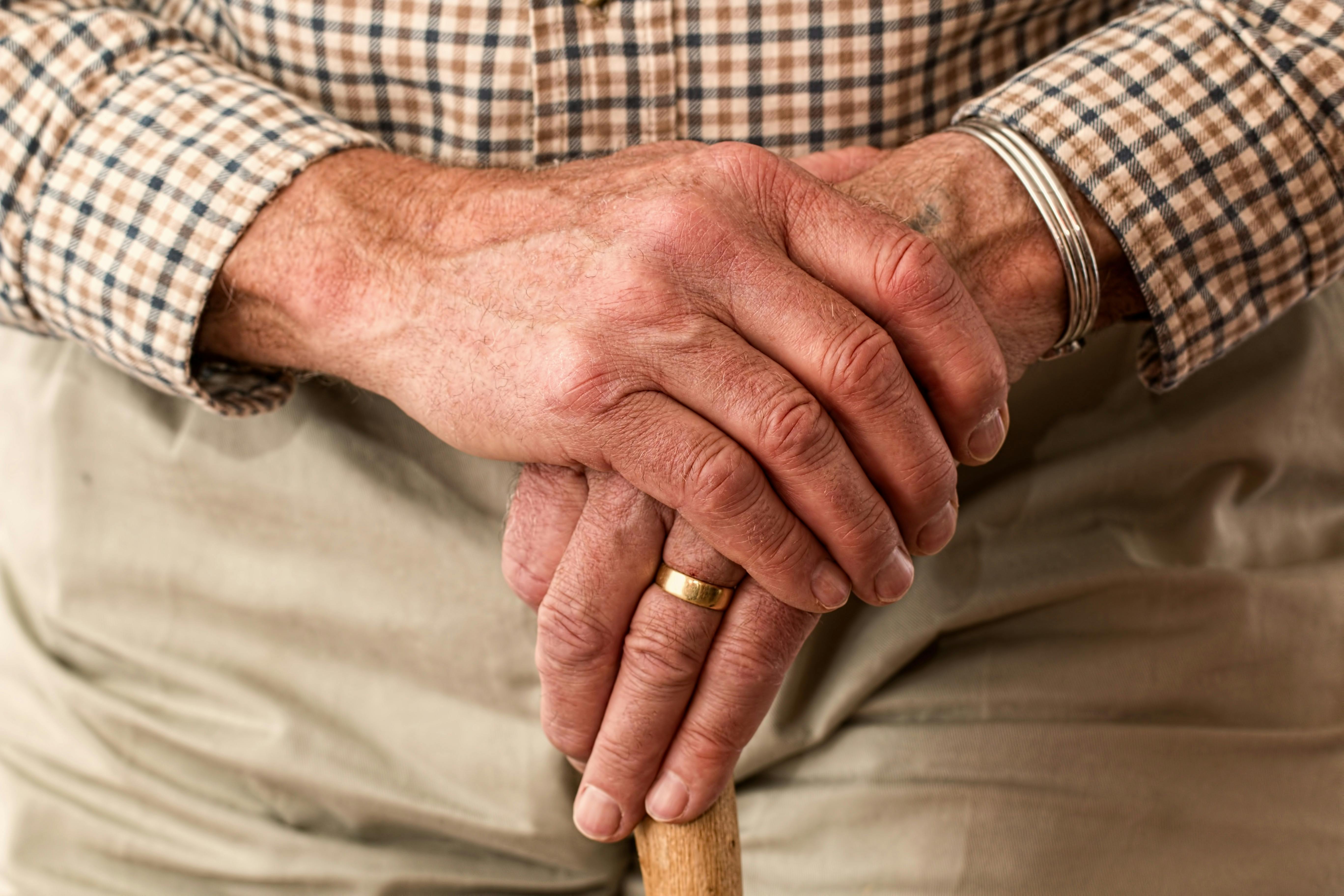





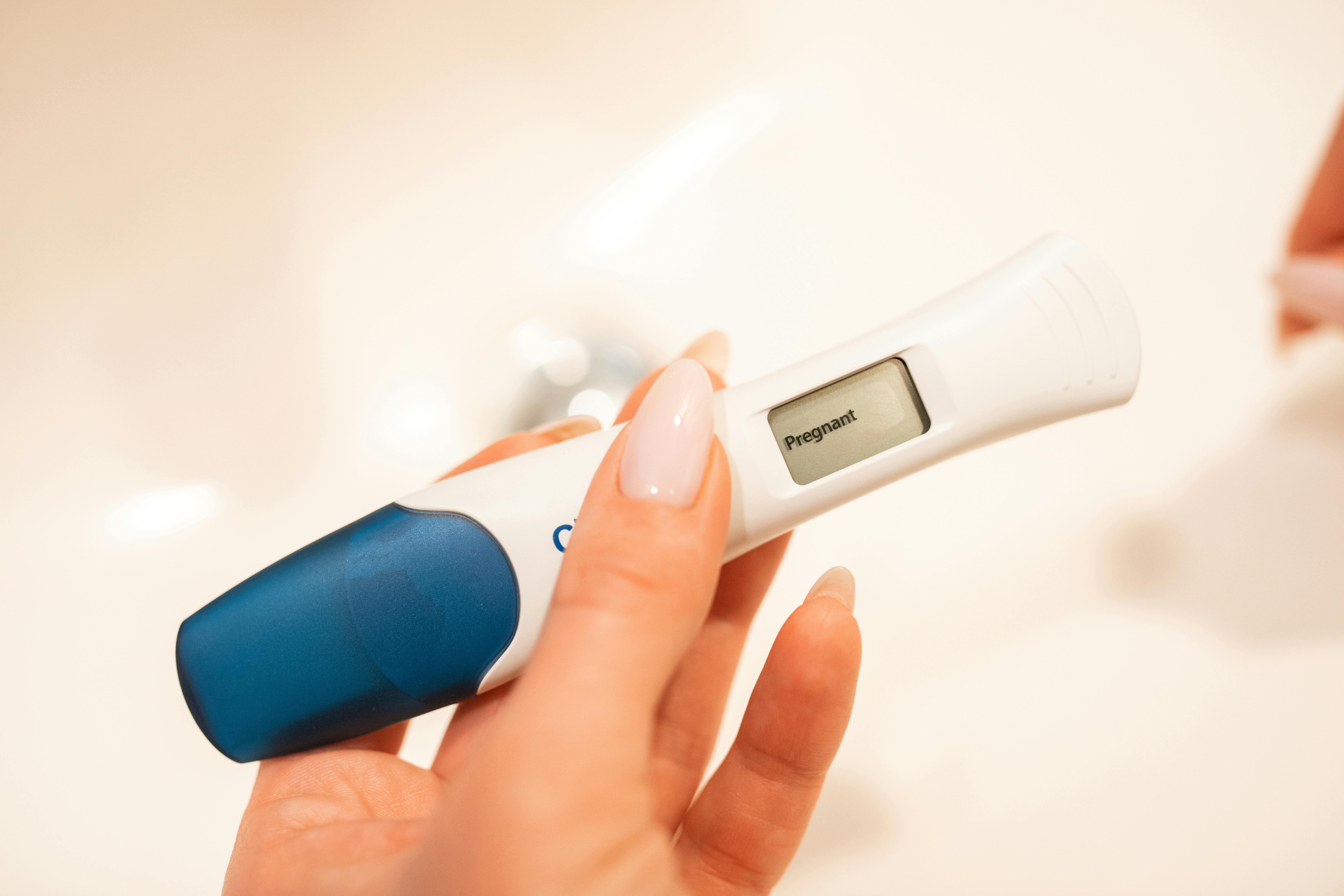





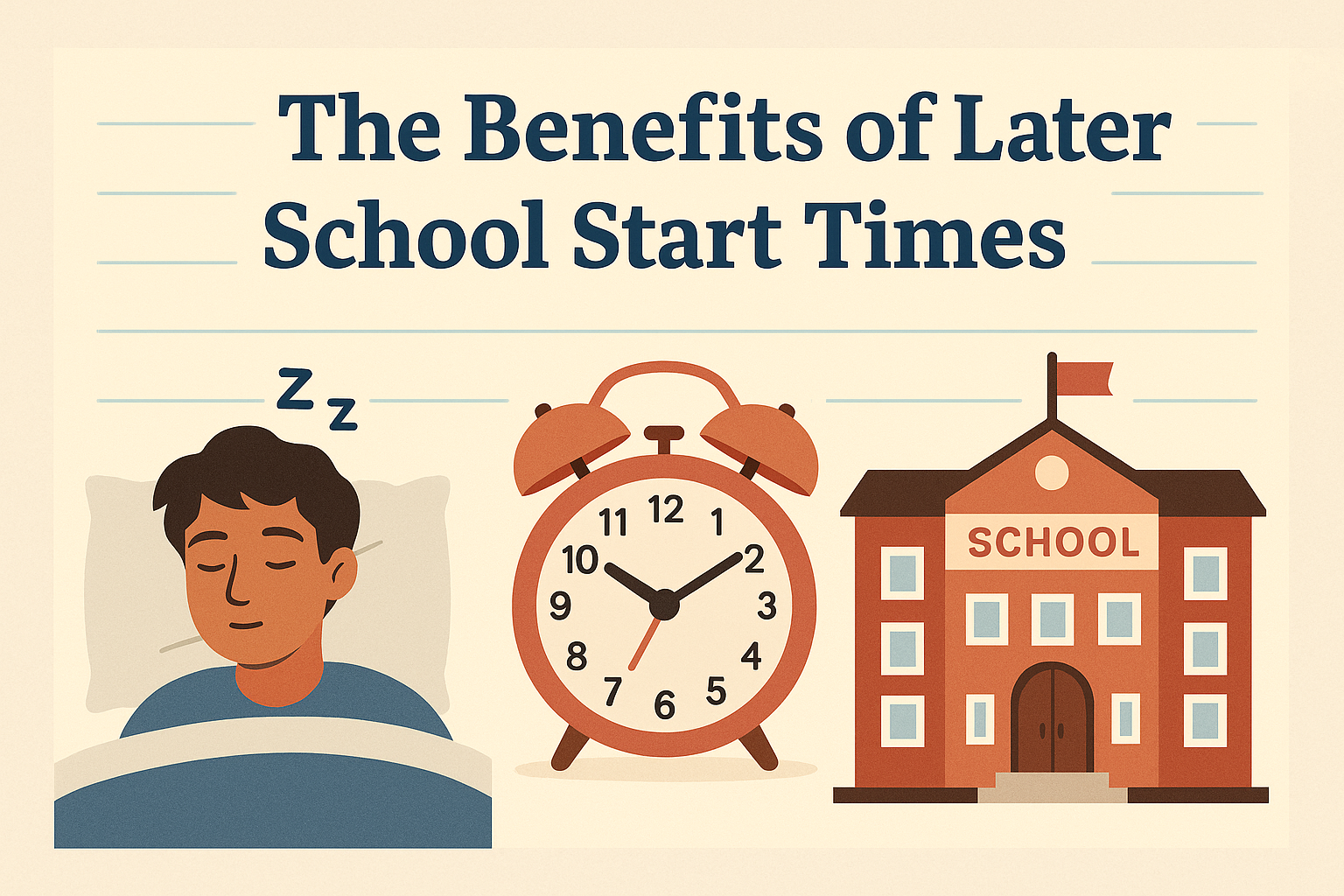

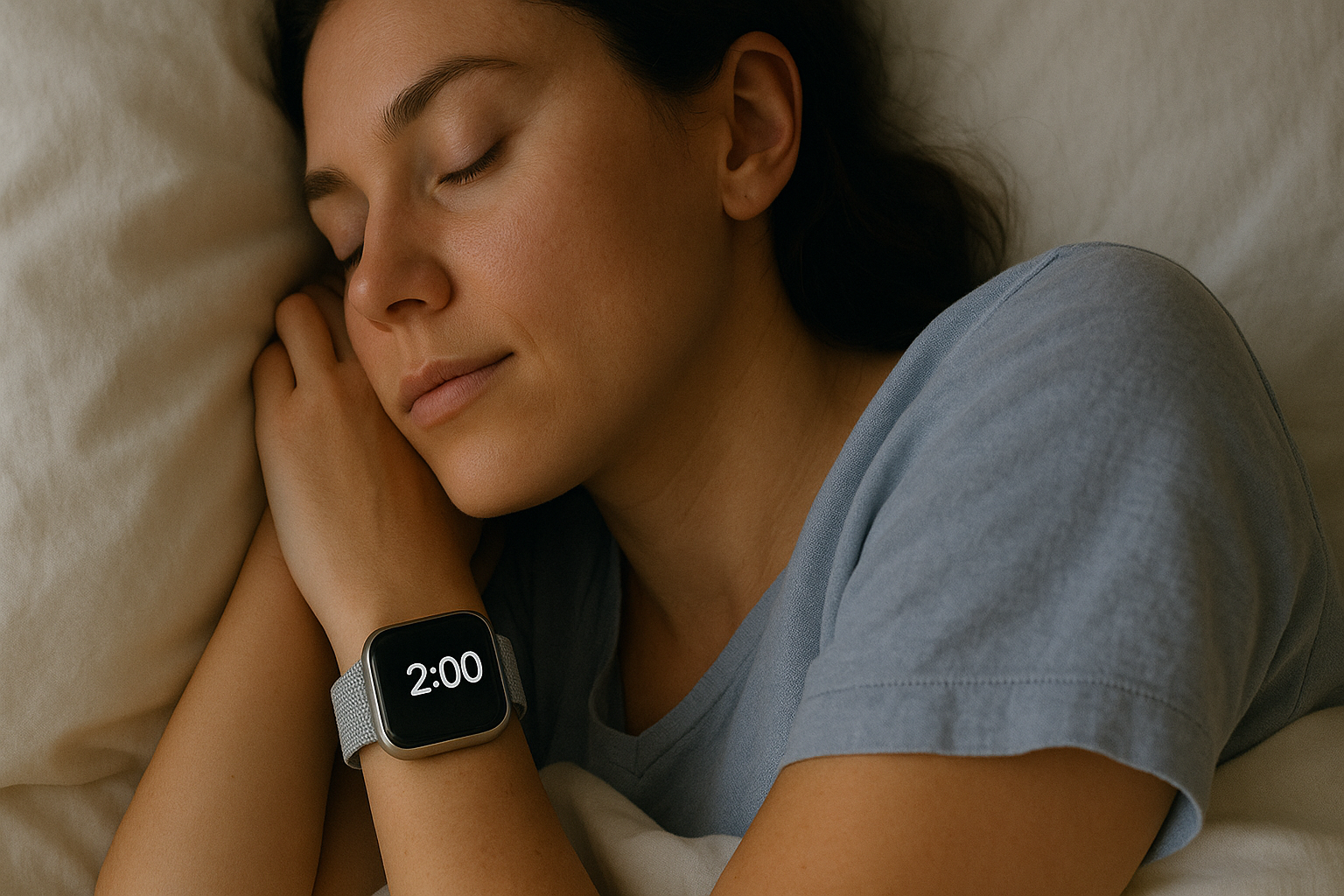


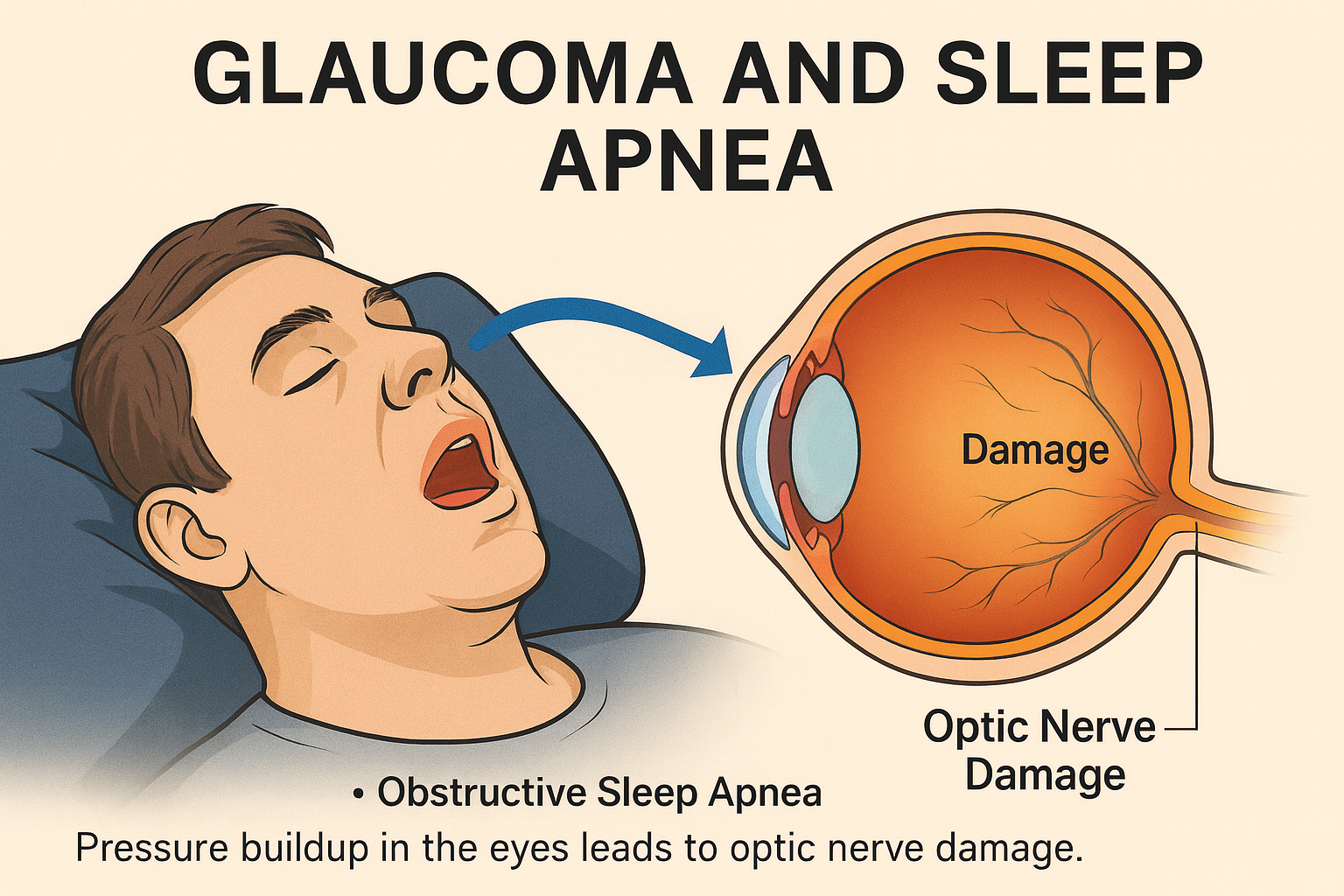

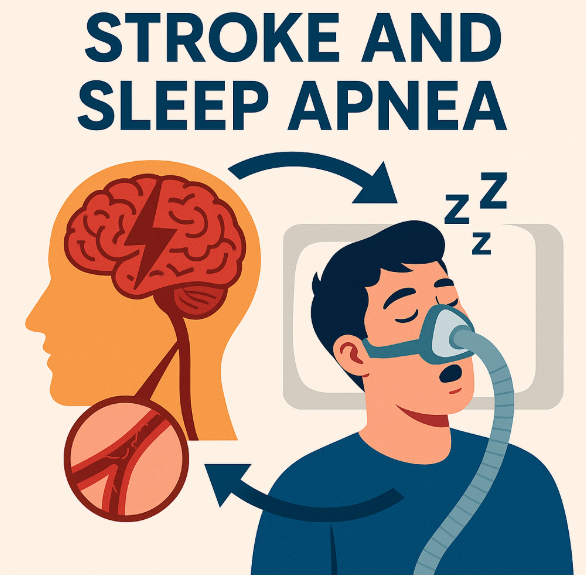
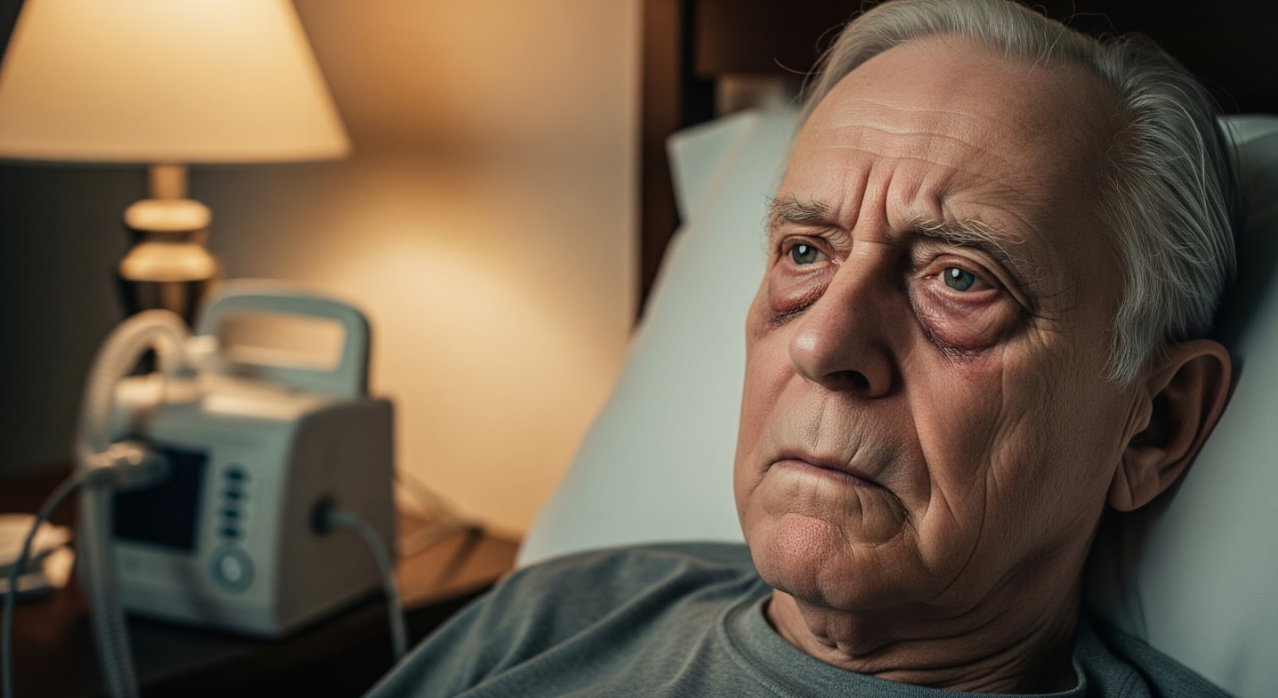
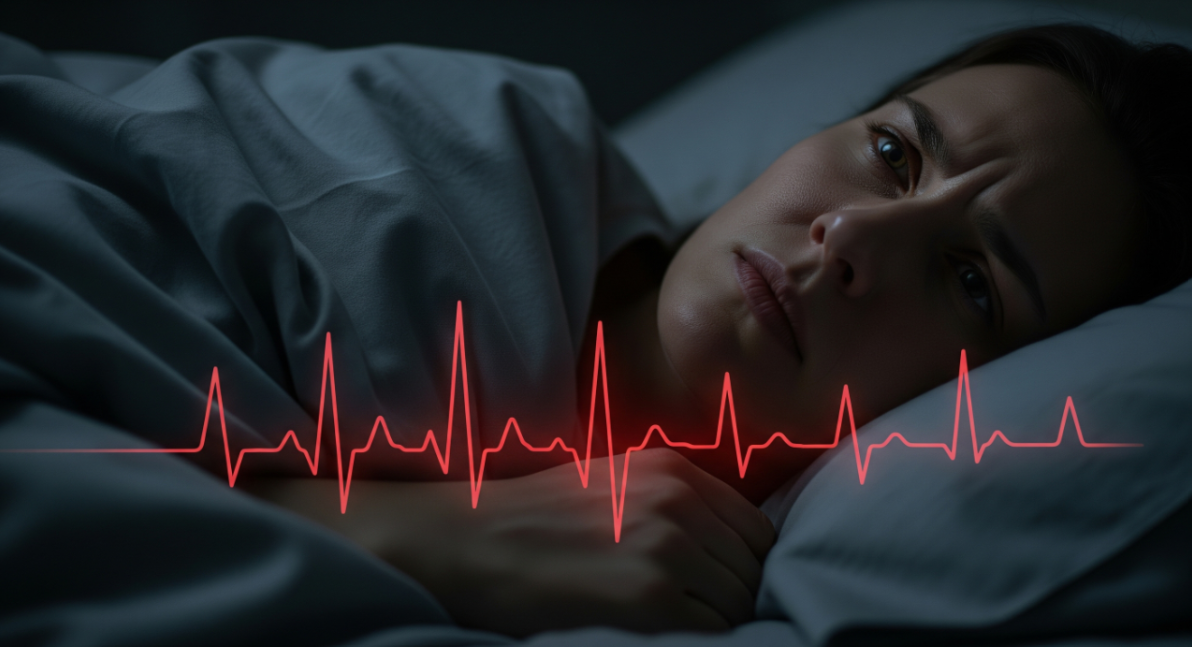





























































%20thumbnail.jpg)
.png)